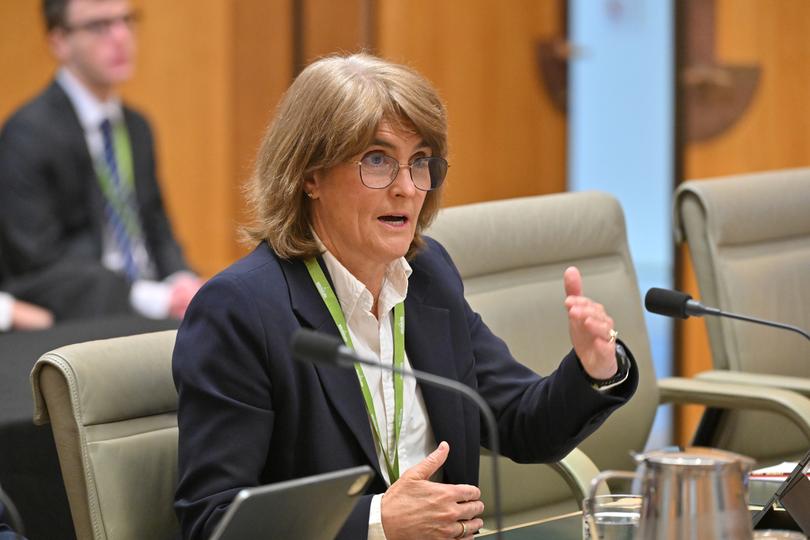Hopes of interest rate cuts fading fast as ANZ gives update and borrowers feel the pinch

Economists are beginning to dash any hopes of an interest rate cut this year, amid revelations more Australians are falling behind on their mortgage repayments.
ANZ on Tuesday became the first of the four major banks to officially push back their rate cut forecast to next year.
Moving its prediction beyond this November, the bank said the stronger-than expected Consumer Price Index from the first three months of the year was a hindrance to any hope the Reserve Bank had of starting to slash rates.
Sign up to The Nightly's newsletters.
Get the first look at the digital newspaper, curated daily stories and breaking headlines delivered to your inbox.
By continuing you agree to our Terms and Privacy Policy.ANZ’s head of economics, Adam Boyton, now expects the RBA to keep the cash rate steady at 4.35 per cent until at least February, with another cut likely in April or May - but in some good news for borrowers, doesn’t anticipate any further hikes this year.
“The stronger than expected Q1 CPI makes it hard to see the RBA being sufficiently confident that inflation will return to, and stay in the band by the time the November meeting comes around,” the bank’s head of economics Adam Boyton said.
“It’s not that monetary policy isn’t working. It is. The economy has clearly slowed. It’s for this reason... that we think a rate hike remains unlikely.
“However, getting an appropriate balance between the level of demand and supply is likely to take a little longer than expected.”
A new report released on Tuesday shows the run-on effect of high interest rates is acutely being felt across the country, with the country’s top financial regulators revealing the number of people falling behind on their mortgages or going into insolvency is increasing.

In their latest quarterly statement released, the Council of Financial Regulators - which includes the Reserve Bank, the treasury department, the Australian Securities and Investments Commission and the Australian Prudential Regulation Authority - said while the risks to Australia’s financial system to business and households remained contained, tensions were growing.
“While budget pressures from inflation and interest rates continue to be widely felt, with many households making adjustments to their finances, most borrowers have continued to meet their debt repayments,” the statement said.
“Members observed that the share of borrowers falling behind on mortgage payments has continued to rise, as have financial hardship applications, but from a low level.”
Noting that the number of Australians with arrears or businesses going into insolvency had been at low levels since the pandemic, the council also met with the Australian Financial Security Authority to discuss the trend of corporate insolvencies.
“While personal insolvencies remained near historically low levels, the Council noted that there had been an increase in insolvencies for both individuals and companies, particularly small and medium sized enterprises, over the previous twelve months,” the council said.
Treasurer Jim Chalmers acknowledged higher interest rates were a “key reason why people are under pressure and our economy is soft”, but said Labor’s economic plan was about making lives easier.
“People are under the pump and that’s why our Budget and our economic plan is all about easing cost of living pressures with tax cuts for every taxpayer and energy rebates for every household and for a million small businesses,” he said.

